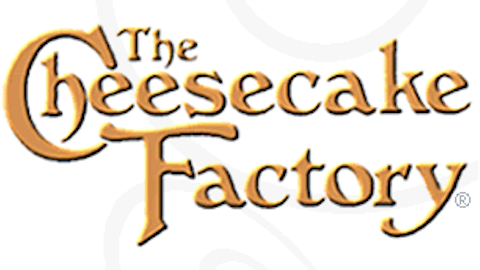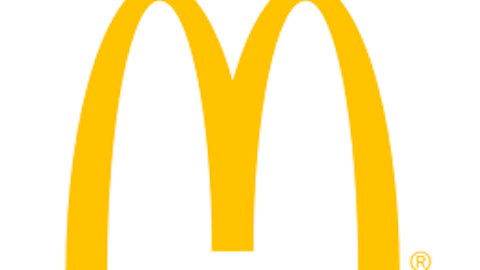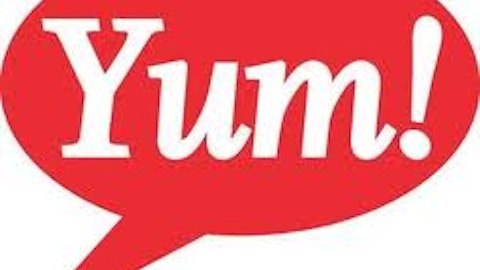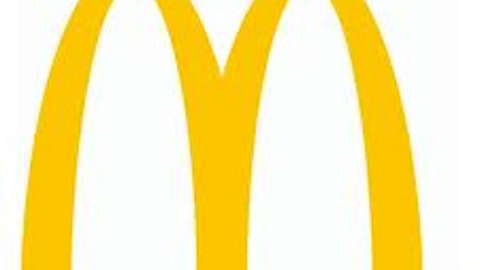Ignite Restaurant Group Inc (NASDAQ:IRG) is a recent IPO listing in May 2012. The business has two separate concepts: Joe’s Crab Shack and Brick House Tavern + Tap. Joe’s is the biggest part of IRG’s business with 129 restaurants and Brick House has 15 restaurants. Both of them are casual dining.
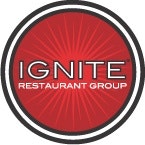
Joe’s Crab Shack
Joe’s has a narrowly defined new restaurant development strategy that targets specific locations with high population density and a love for seafood in close proximity to regional and national tourist attractions. Since Joe’s middle name is crab and the business centers around seafood offerings, this makes sense. Twenty-one of the twenty five top performing Joe’s generated average unit volumes (AUV) of $4.7 million in 2011 well in excess of AUVs across the chain of $2.97 million.
Brick House Tavern+Tap
IRG plans to expand Brick House targeting the top 50 designated market areas (DMA) nation-wide. There are now 16 locations. They initially opened a limited number of Brick House restaurants across a broad range of geographies with the intent of creating some brand recognition prior to continued build out. With the acquisition of Mac Grill, some of the prerequisite DMAs have been acquired and can be used to move Brick House in to failing Mac concepts.
Restaurant economics
The average investment, including build-out costs and pre-opening costs, for Joe’s was $3.3 million and Brick House was $2.8 million. The new prototypes for Joe’s have AUVs of $4.9 million and Brick House does $2.9 million. Conversions require less capital and management estimates conversions of Mac Grills will cost around $500,000. New-builds going forward should be less costly and IRG is looking at decreases to $3.1 million for Joe and $2.6 million for Brick House. The Mac Grill units average cost at the $55 million acquisition price works out to $296,000 per unit. If the Mac Grill restaurants are in great DMAs under favorable leasing, the real estate aspect of the deal by itself looks reasonably good. The cost to convert will be cheaper than a new build, but the location may be worth the premium. It’s unlikely that they will convert all the Mac Grills to Joe’s and Brick House and future success depends on rehabilitation of a portion of the Mac brand itself.
The Big Mac Deal
Ignite Restaurant Group Inc (NASDAQ:IRG) will acquire Romano’s Macaroni Grill for $55 million in an all-cash deal and the deal will be complete in the back half of 2013. This brand operates in the polished casual segment and is same niche that Joe’s Crab Shack and Brick House Tavern + Tap pulls consumers from.
Mac Grill for the real estate alone looks cheap-ish. The deal brings 186 RMG restaurants for $55 million working out to $296,000 per unit. That does not include franchises. By management’s account, most of the MRG restaurants are in good quality designated market areas with favorable long-term leases and the boxes’ interiors are in good shape. Considering it takes several million dollars to build and open a polished casual restaurant, the real estate makes some sense. The Brinker team of years past was careful to pick quality locations and negotiate favorable leases that Ignite Restaurant Group Inc (NASDAQ:IRG) feels could not be replicated today. The locations are at the signalized corners or power centers with draws like a movie theater behind it and all the retail support. Around 84% of the Mac portfolio is in the top 50 DMAs in the country.
What is less likely to make investors and management happy is the inevitable negative impact the overshadowing presence of the struggling Mac Grill units will have on margins, growth in average weekly sales and average unit volumes. Ignite predicts the acquisition will be dilutive in 2013. The hard-won improvements at Joe’s and Brick will lose ground as Mac Grill’s results are consolidated.
Mac Grill is a damaged concept and will require a massive turnaround effort in the crowded Italian casual dining space dominated by Carraba’s, Maggiano’s and Olive Garden. Competition cannot be easily dismissed and Mac Grill will have to fight for a place at the table. The Mac Grill average unit volume has been declining from $3.4 million 6 years ago to $2.1 million in 2012. The concept has fallen out of favor and relies heavily on discounting to bring customers in. Restaurant operating margins* are lower than IRG’s with almost 70% of the units at margins below 15% and 32% of these are less than 10%. IRG’s restaurant operating margins are 20%. While this offers opportunity for improvement on the Mac Grill concept, it’s going to reverse improved numbers on the Joe’s/Brick profit and loss for a few quarters.
*Restaurant operating margins does not include interest, marketing and depreciation.
With Mac Grill restaurant operating margins below 15% for a majority of units, it is unlikely there is much profit on the bottom line. By this metric, Joe’s/Brick may not have made a great investment. Mac Grill does have positive cash flow at all but 7 units at the time of the merger. Ignite sees the acquisition offering the same potential as the turnaround at Joe’s and will follow the same strategy making changes in the menu, marketing, service and real estate.
The Joe’s story in numbers
The following table for Joe’s shows the slow improvement in growth over four years. Note the most recent year is on the right side of the table for annual numbers and left for quarterly.
Annual Growth and Margins
Growth

- AWS is average weekly sales
- AUV is average unit volume
- Gross #1 includes consumables
- Gross #2 includes consumables and labor
Operating and net margins have improved over 5 years annually even with no improvement in gross margins. The company has not been able to improve costs of consumables and labor. The values are in line with other chains. Where they have shone is through better management of operating costs including low occupancy costs. This trend is better appreciated in the first 9 months of 2012.
